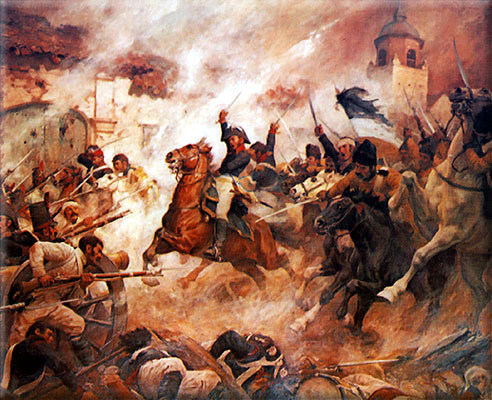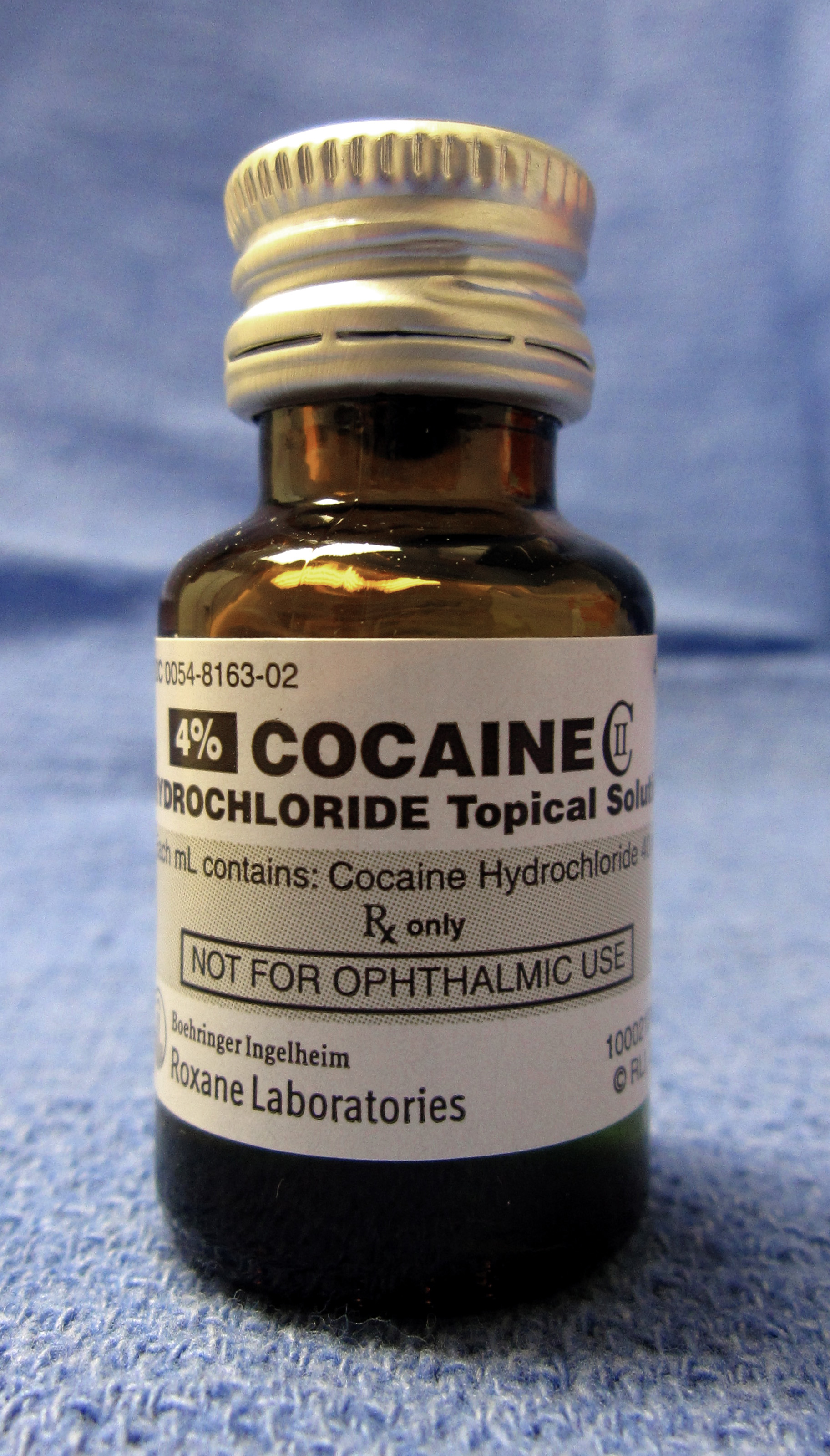|
Pájaro Verde
The ''Pájaro verde'' (lit. Green Bird) is a highly toxic alcoholic beverage (due to the presence of chemicals such as thinners, paint or turpentine) produced clandestinely and illegally inside Chilean prisons. The drink was reported by the Chilean press after a series of scandals in which prisoners died from its consumption. According to some scholars, within the prison culture this drink has a ritualistic character. It originated in the Chilean prisons of the 19th century; the practice has been preserved over time through oral tradition. Preparation Its ingredients have varied throughout history and part of the prison rite is to prepare it with the available resources. Today, the most common way is to ferment a mixture of sugar, rice, rotten and fresh fruits and their peels; a strong chemical is added to this liquid, such as turpentine, paint thinners, paint or varnish to give it a "greater neural shock". There have been cases where excrement has even been used in the fermen ... [...More Info...] [...Related Items...] OR: [Wikipedia] [Google] [Baidu] |
Paint Thinner
A paint thinner is a solvent used to thin oil-based paints. Solvents labeled "paint thinner" are usually mineral spirits having a flash point at about 40 °C (104 °F), the same as some popular brands of charcoal starter. Common solvents historically used as paint thinners include: * Mineral spirits (North America)/White spirit (United Kingdom and Ireland) * Acetone * Turpentine * Naphtha * Toluene * Lacquer thinner * Methyl ethyl ketone (MEK) * Dimethylformamide (DMF) * 2-Butoxyethanol, or any of the other glycol ethers Less common solvents used as paint thinner include: * Ethylbenzene * Xylene * ''n''-Butyl acetate * Butanol Exposure to vapors created by paint containing thinner or its cleanup may be hazardous. The American Conference of Governmental Industrial Hygienists has established threshold limit values (TLVs) for most of these compounds. TLV is defined as the maximum concentration in air which can be breathed by a normal person (i.e., excludin ... [...More Info...] [...Related Items...] OR: [Wikipedia] [Google] [Baidu] |
Rancagua
Rancagua () is a city and commune in central Chile and part of the Rancagua conurbation. It is the capital of the Cachapoal Province and of the O'Higgins Region, located south of the national capital of Santiago. It was originally named Santa Cruz de Triana by Spanish colonists. In 2012, its population was 232,211. The main economic activities range from mining, tourism, agriculture, timber, food production and services to minor industrial activities. The city also serves as the administrative and legal center of the region. Together with Machalí and Gultro, it forms the Rancagua conurbation. After Curicó, Talca and Concepción, it is one of the most important and densely populated cities of the south central zone of Chile. History Foundation period The Rancagua Valley was occupied by the local Picunche. They fell briefly under the control of the Inca Empire in the 15th century. Its remains in structures can still be found near the city today. Through their civil engin ... [...More Info...] [...Related Items...] OR: [Wikipedia] [Google] [Baidu] |
Chilean Alcoholic Drinks
Chilean may refer to: * Something of, from, or related to Chile, a country in South America * Chilean people * Chilean Spanish * Chilean culture * Chilean cuisine * Chilean Americans See also *List of Chileans This is a list of Chileans who are famous or notable. Economists * Ricardo J. Caballero – MIT professor, Department of Economics * Sebastián Edwards – UCLA professor, former World Bank officer (1993–1996), prolific author and media per ... * {{disambig Language and nationality disambiguation pages ... [...More Info...] [...Related Items...] OR: [Wikipedia] [Google] [Baidu] |
Pruno
__NOTOC__ Pruno, or prison wine, is an alcoholic beverage variously made from apples, oranges, fruit cocktail, fruit juices, hard candy, sugar, high fructose syrup, and possibly other ingredients, including crumbled bread. Bread is incorrectly thought to contain yeast for the pruno to ferment. Pruno originated in (and remains largely confined to) prisons, where it can be produced with the limited selection of equipment and ingredients available to inmates. The concoction can be made using only a plastic bag, hot running water, and a towel or sock to conceal the pulp during fermentation. The end result has been colorfully described as a "bile flavored wine-cooler". Depending on the time spent fermenting (always balanced against the risk of discovery by officers), the sugar content, and the quality of the ingredients and preparation, pruno's alcohol content by volume can range from as low as 2% (equivalent to a very weak beer) to as high as 14% (equivalent to a strong wine). Des ... [...More Info...] [...Related Items...] OR: [Wikipedia] [Google] [Baidu] |
Cocaine Paste
Coca paste (paco, basuco, oxi) is a crude extract of the coca leaf which contains 40% to 91% cocaine freebase along with companion coca alkaloids and varying quantities of benzoic acid, methanol, and kerosene. In South America, coca paste, also known as cocaine base and, therefore, often confused with cocaine sulfate in North America, is relatively inexpensive and is widely used by low-income populations. The coca paste is smoked in tobacco or cannabis cigarettes and use has become widespread in several Latin American countries. Traditionally, coca paste has been relatively abundant in South American countries such as Colombia where it is processed into cocaine hydrochloride ("street cocaine") for distribution to the rest of the world. The caustic reactions associated with the local application of coca paste prevents its use by oral, intranasal, mucosal, intramuscular, intravenous or subcutaneous routes. Coca paste can only be smoked when combined with a combustible material s ... [...More Info...] [...Related Items...] OR: [Wikipedia] [Google] [Baidu] |
Cannabis (drug)
Cannabis, also known as marijuana among other names, is a psychoactive drug from the cannabis plant. Native to Central or South Asia, the cannabis plant has been used as a drug for both recreational and entheogenic purposes and in various traditional medicines for centuries. Tetrahydrocannabinol (THC) is the main psychoactive component of cannabis, which is one of the 483 known compounds in the plant, including at least 65 other cannabinoids, such as cannabidiol (CBD). Cannabis can be used by smoking, vaporizing, within food, or as an extract. Cannabis has various mental and physical effects, which include euphoria, altered states of mind and sense of time, difficulty concentrating, impaired short-term memory, impaired body movement (balance and fine psychomotor control), relaxation, and an increase in appetite. Onset of effects is felt within minutes when smoked, but may take up to 90 minutes when eaten. The effects last for two to six hours, depending on the ... [...More Info...] [...Related Items...] OR: [Wikipedia] [Google] [Baidu] |
Cocaine
Cocaine (from , from , ultimately from Quechua: ''kúka'') is a central nervous system (CNS) stimulant mainly used recreationally for its euphoric effects. It is primarily obtained from the leaves of two Coca species native to South America, '' Erythroxylum coca'' and '' Erythroxylum novogranatense''. After extraction from coca leaves and further processing into cocaine hydrochloride (powdered cocaine), the drug is often snorted, applied topically to the mouth, or dissolved and injected into a vein. It can also then be turned into free base form (crack cocaine), in which it can be heated until sublimated and then the vapours can be inhaled. Cocaine stimulates the reward pathway in the brain. Mental effects may include an intense feeling of happiness, sexual arousal, loss of contact with reality, or agitation. Physical effects may include a fast heart rate, sweating, and dilated pupils. High doses can result in high blood pressure or high body temperature. ... [...More Info...] [...Related Items...] OR: [Wikipedia] [Google] [Baidu] |
Anxiolytic
An anxiolytic (; also antipanic or antianxiety agent) is a medication or other intervention that reduces anxiety. This effect is in contrast to anxiogenic agents which increase anxiety. Anxiolytic medications are used for the treatment of anxiety disorders and their related psychological and physical symptoms. Nature of anxiety Anxiety is a naturally-occurring emotion and an innate response of the body to the environmental stimuli. Mild to moderate anxiety would increase level of performance. However, when anxiety levels exceed the tolerability of a person, anxiety disorders may occur. People with anxiety disorders can exhibit fear responses such as defensive behaviors, high levels of alertness and negative emotions, without external stimuli which induce anxiety within an individual. Those with anxiety disorders are also often found to have concurrent psychological disorders, most commonly depression. Anxiety disorders are divided into 6 types in clinical recognition. They are ... [...More Info...] [...Related Items...] OR: [Wikipedia] [Google] [Baidu] |
Alcohols (medicine)
Alcohols, in various forms, are used within medicine as an antiseptic, disinfectant, and antidote. Alcohols applied to the skin are used to disinfect skin before a needle stick and before surgery. They may be used both to disinfect the skin of the person and the hands of the healthcare providers. They can also be used to clean other areas and in mouthwashes. Taken by mouth or injected into a vein, ethanol is used to treat methanol or ethylene glycol toxicity when fomepizole is not available. Side effects of alcohols applied to the skin include skin irritation. Care should be taken with electrocautery, as ethanol is flammable. Types of alcohol used include ethanol, denatured ethanol, 1-propanol, and isopropyl alcohol. Alcohols are effective against a range of microorganisms, though they do not inactivate spores. Concentrations of 60 to 90% work best. Alcohol has been used as an antiseptic as early as 1363, with evidence to support its use becoming available in the late 180 ... [...More Info...] [...Related Items...] OR: [Wikipedia] [Google] [Baidu] |
Chicha
''Chicha'' is a fermented (alcoholic) or non-fermented beverage of Latin America, emerging from the Andes and Amazonia regions. In both the pre- and post- Spanish conquest periods, corn beer ('' chicha de jora'') made from a variety of maize landraces has been the most common form of ''chicha''. However, ''chicha'' is also made from a variety of other cultigens and wild plants, including, among others, quinoa (''Chenopodium quinia''), kañiwa (''Chenopodium pallidicaule''), peanut, manioc (also called yuca or cassava), palm fruit, rice, potato, oca (''Oxalis tuberosa''), and chañar (''Geoffroea decorticans''). There are many regional variations of ''chicha''. In the Inca Empire, ''chicha'' had ceremonial and ritual uses. Etymology and related phrases The exact origin of the word ''chicha'' is debated. One belief is that the word ''chicha'' is of Taino origin and became a generic term used by the Spanish to define any and all fermented beverages brewed by indigenous pe ... [...More Info...] [...Related Items...] OR: [Wikipedia] [Google] [Baidu] |
Valparaíso
Valparaíso (; ) is a major city, seaport, naval base, and educational centre in the commune of Valparaíso, Chile. "Greater Valparaíso" is the second largest metropolitan area in the country. Valparaíso is located about northwest of Santiago by road and is one of the Pacific Ocean's most important seaports. Valparaíso is the Capital city, capital of Chile's second most populated administrative region and has been the headquarters for the Chilean Navy since 1817 and the seat of the National Congress of Chile, Chilean National Congress since 1990. Valparaíso played an important geopolitical role in the second half of the 19th century when it served as a major stopover for ships traveling between the Atlantic and Pacific oceans by crossing the Straits of Magellan. Valparaíso experienced rapid growth during its golden age, as a magnet for European immigrants, when the city was known by international sailors as "Little San Francisco" and "The Jewel of the Pacific". Notable inhe ... [...More Info...] [...Related Items...] OR: [Wikipedia] [Google] [Baidu] |




